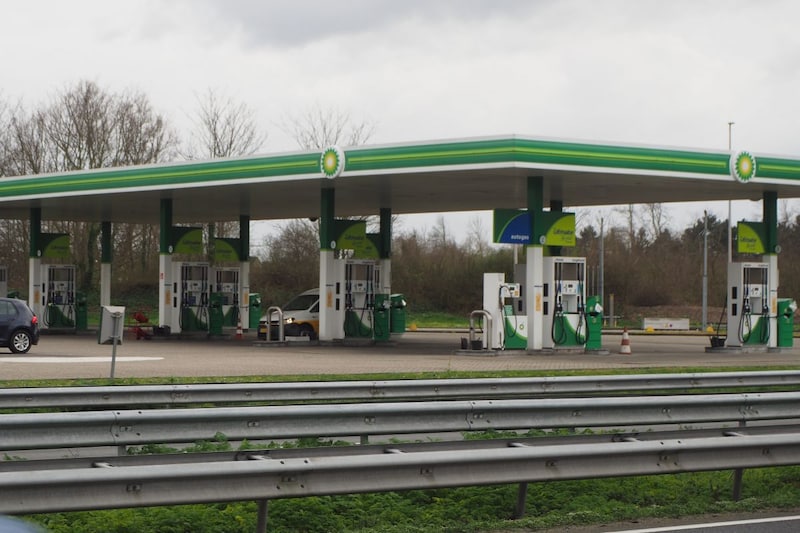
Fast chargers are almost as profitable for BP as the gas pump. The oil company is currently investing heavily in expanding its own fast-charging network and states that profit margins are approaching those of a full tank. By 2025, BP expects its fast charging division to be profitable.
In recent years, installing the fast chargers as a whole has been loss-making for BP and its competitors. This is mainly because substantial investments are currently being made in expanding the charging network. However, the profit margins of the fast chargers are doing well, Emma Delaney, head of customers and products at BP, told news agency Reuters know. “When you put a tank of fuel against a fast charge, we are now approaching the point where the business fundamentals of fast charging are better than they are with the fuel,” she says. According to her, this is mainly due to the rapid increase in demand for fast chargers in Great Britain and Europe.
Delaney did not provide specific BP earnings figures related to fast charging. The company did say that the demand for electricity from the fast chargers in the third quarter of 2021 had increased by 45 percent compared to the same period in 2020. BP wants to have 70,000 fast chargers by 2030, now there are about 11,000. . Competitor Shell is raising the bar even higher, because the now British fuel supplier wants to have 500,000 charging stations worldwide by 2025. However, Shell does not only focus on fast chargers, but also focuses on slower charging stations on the street. BP chooses to only install the fast chargers.
In the past, it proved difficult to make a profit from charging EVs. “Many fuel suppliers have a hard time monetizing that, which is pretty much the worst kept secret in the industry,” explains Adrian Del Maestro from consultancy PwC Strategy&. “The major oil companies and charging operators are now buying up land and real estate to build the charging infrastructure so they can grow revenue in the future.”
– Thanks for information from Autoweek.nl